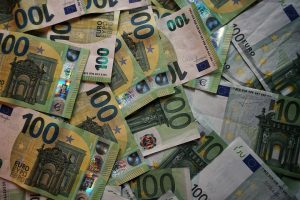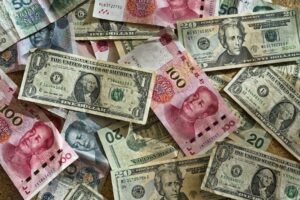The forex market is a global decentralized market where currencies are traded. It operates 24 hours a day, five days a week, allowing traders to participate in different trading sessions across different time zones. One of the most important trading sessions is the Tokyo trading session, which starts at 12:00 AM GMT and ends at 9:00 AM GMT.
The Tokyo trading session is known for its high liquidity and volatility. It overlaps with the Sydney trading session for a few hours, making it an attractive time for traders who want to take advantage of the Asian market. In this article, we will discuss strategies to maximize profit in the Tokyo trading session of forex.
1. Understand the Economic Calendar:
Before entering any trade, it is crucial to be aware of any upcoming economic events or news releases that may impact the currency pairs you are trading. The Tokyo trading session often sees important economic data releases from Japan, such as GDP, inflation reports, and the Bank of Japan’s monetary policy decisions. These events can cause significant price movements and present trading opportunities. By keeping an eye on the economic calendar, you can plan your trades accordingly and avoid unnecessary risks.
2. Focus on Yen Crosses:
The Japanese yen (JPY) is one of the major currencies traded in the forex market. During the Tokyo trading session, there is a high concentration of yen-related currency pairs, known as yen crosses. These include pairs such as USD/JPY, EUR/JPY, GBP/JPY, and AUD/JPY. As the Tokyo session is the home market for the yen, it tends to see increased volatility and liquidity in yen crosses. Traders can take advantage of these opportunities by focusing on yen crosses during the Tokyo trading session.
3. Utilize Breakout Strategies:
Breakout trading strategies can be particularly effective during the Tokyo trading session due to the increased volatility. Breakout strategies involve entering a trade when the price breaks out of a defined range or consolidation pattern. Traders can set up price alerts or use technical indicators such as Bollinger Bands or Donchian Channels to identify potential breakout opportunities. By entering trades during breakout moments, traders can maximize profit potential as the price continues to move in their desired direction.
4. Use Asian Session Range:
During the Tokyo trading session, the market often establishes a range or consolidation period. This can be seen as a period of price stability before the session becomes more active. Traders can utilize this Asian session range to identify potential support and resistance levels. By setting orders to buy near support levels and sell near resistance levels, traders can take advantage of potential price reversals or breakouts as the session progresses.
5. Consider Carry Trades:
Carry trades involve borrowing a currency with a low-interest rate to invest in a currency with a higher interest rate. During the Tokyo trading session, the Bank of Japan’s monetary policy decisions and interest rate announcements can have a significant impact on the yen. Traders can consider opening carry trades during this session, taking advantage of the interest rate differentials. However, it is essential to closely monitor any changes in monetary policy or economic conditions that may affect the carry trade.
In conclusion, maximizing profit in the Tokyo trading session of forex requires a combination of careful planning, market analysis, and effective trading strategies. By understanding the economic calendar, focusing on yen crosses, utilizing breakout strategies, using the Asian session range, and considering carry trades, traders can increase their chances of success in this highly lucrative trading session. Remember to always manage risk effectively and stay updated with market developments to make informed trading decisions.





